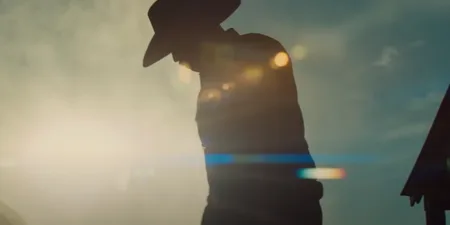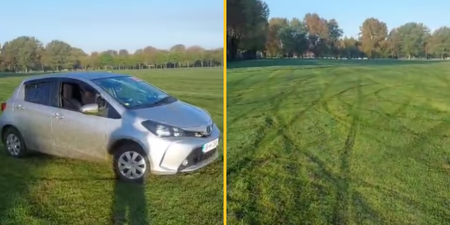By Charlie Herbert
The celestial event will take place later this month.
It looks like the next few months are going to be a treat for stargazers, with several planetary alignments on the way in 2023.
A planetary alignment can be one of two events. according to the astronomy app Star Walk.
The first is an astronomical event whereby planets gather closely on one side of the Sun at the same time, as seen from above the solar system.
And the second is visual phenomenon, which involves the perspective from Earth as the planets appear close together in a small section of the sky.
On 28 March though, it will be a bumper night for fans of all things space, as Jupiter, Mercury, Venus, Uranus and Mars are all set to gather in a small 50-degree sector.
Star Walk recommends that people start observations soon after sunset using binoculars to see Jupiter on a magnitude of -2.1 and Mercury on a magnitude of -1.3 from the horizon. They will look like “two bright objects” in the constellation of Pisces.
Higher up in the sky in the Aries constellation, astronomy fans will see Venus with a magnitude of -4.0.
With a magnitude of 5.8, Uranus will be a little bit harder to see (we’ll let you make your own jokes there), but should still be visible if you’re in a good location and have a strong set of binoculars.

Mars will be just as tricky to spot as it joins the alignment higher up near the first quarter Moon in the constellation of Gemini.
You will still be able to spot all five of the planets a few days after 28 March as well, if you’ve got a telescope to hand.
So, what’s the best location to be in to have the best chance of seeing the planets?
Senior contributing editor for magazine Sky & Telescope and senior advisor to the American Astronomical Society, Rick Feinberg, spoke with Fox 5 about just this.
He said: “Unless you have a clear sky and a nearly flat western horizon free of obstructions such as trees or buildings, you won’t see Jupiter and Mercury.”
This is because the two will only be visible from very low in the west just after sunset.
However, if your situation does meet the criteria, you could potentially see all five planets through the use of just binoculars.
Feinberg explained that Venus will be the brightest, while Uranus will be difficult to view without decent equipment.
Mars, meanwhile, should be visible from high in the southwest sky and have an orange hue.





















































